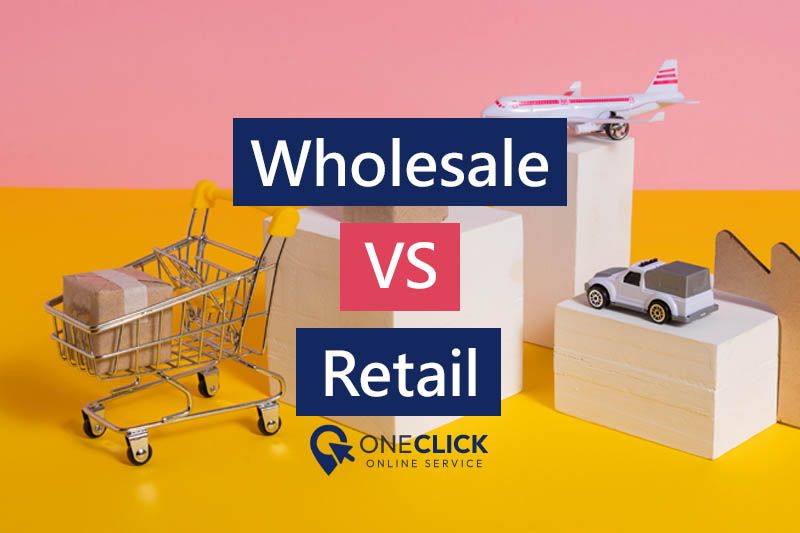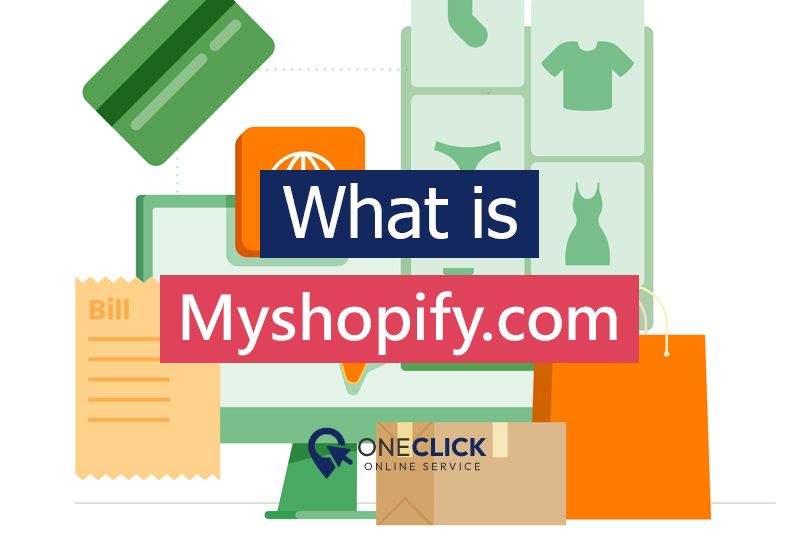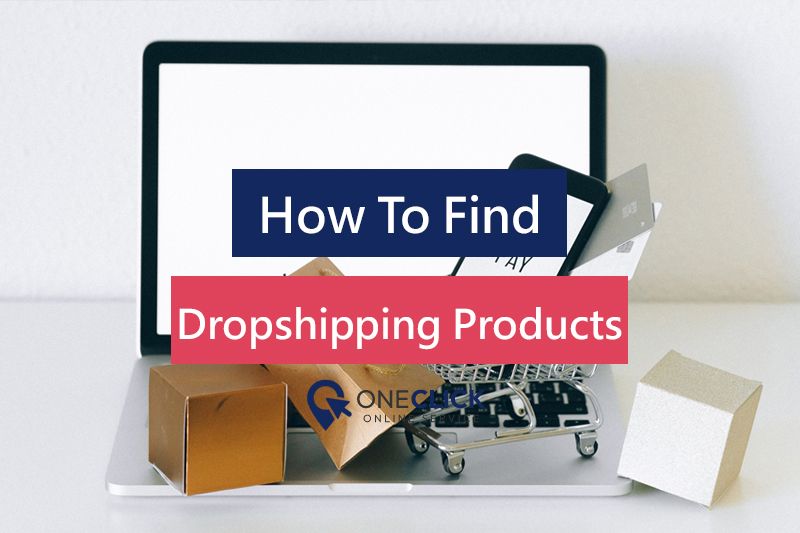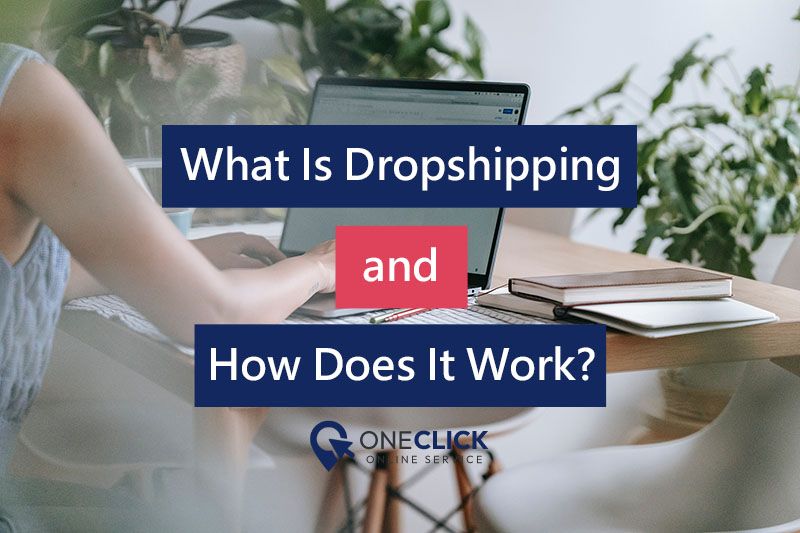7 Best Dropshipping Alternatives to Make Money Online
Dropshipping has emerged as a popular business model for entrepreneurs looking to enter the e-commerce space with minimal upfront investment. By eliminating the need to hold inventory or handle shipping logistics, dropshipping offers a streamlined path to launch an online store. However, this model is not without its limitations. Entrepreneurs often face challenges such as lower profit margins, less control over supply chain and product quality, and high dependency on suppliers. These constraints have led many to explore alternative models that offer greater control, potentially higher profits, and a more branded customer experience. In this article, we delve into the world of dropshipping alternatives, from wholesale bulk purchasing to manufacturing your own products, each with its unique set of advantages and drawbacks. Whether you're just starting out or looking to diversify your existing e-commerce business, understanding these alternatives can open new avenues for growth and profitability.
Before delving into alternative models to dropshipping, it's crucial to understand why seeking alternatives is necessary. While dropshipping is a widely favored and low-risk business model, it's not without its limitations and challenges. To truly grasp the intricacies of dropshipping, we must first examine these constraints, enabling us to identify a more suitable alternative. Understanding these limitations is paramount for those aiming to establish a sustainable and profitable online venture.
The article on common mistakes in dropshipping is recommended to every new dropshipper to check the problems of dropshipping and know the ways to avoid them.
As we navigate through the complexities inherent in dropshipping, it becomes evident that exploring alternative models can offer greater control, improved profit margins, and the opportunity to cultivate a distinct brand identity. Let's delve deeper into these limitations to unveil the potential alternatives.

Here are some Dropshipping key drawbacks:
Slim Profit Margins: One of the most significant limitations of dropshipping is its narrow profit margins. Since dropshippers don't have control over product pricing, they often face intense competition, leading to lower profits.
Limited Control Over Product Quality: Dropshippers rely on third-party suppliers to fulfill orders, which means they have limited control over product quality. Inconsistent quality can result in customer dissatisfaction and damage to the brand's reputation.
Shipping and Fulfillment Challenges: Dropshippers may encounter issues with shipping times and fulfillment, especially when dealing with suppliers located overseas. Delays in delivery can lead to negative customer experiences and increased customer service inquiries.
Dependency on Suppliers: Dropshipping businesses are highly dependent on their suppliers. Any disruptions in the supplier's operations, such as stock shortages or shipping delays, can directly impact the dropshipper's business.
Lack of Brand Control: With dropshipping, sellers often have little control over branding and customer experience. Since products are shipped directly from the supplier, there is limited opportunity to customize packaging or include branded materials.
High Competition: The barrier to entry for dropshipping is low, resulting in a saturated market with high competition. It can be challenging for dropshippers to stand out and attract customers in a crowded marketplace.
Oneclick online service is here to help you so that none of these restrictions stop your progress in dropshipping, just check all our business solutions and fill out the contact form.
Understanding these limitations is essential for anyone considering entering the dropshipping business. While dropshipping offers advantages such as low startup costs and flexibility, entrepreneurs should carefully weigh these drawbacks and consider alternative business models that may better suit their long-term goals.
Top 7 Dropshipping Alternatives
Exploring alternatives to traditional dropshipping can open up new avenues for ecommerce entrepreneurs looking to diversify their business models or mitigate some of the challenges associated with dropshipping. Here's a look at several compelling options:
1. Print on Demand (POD)
Overview: Similar to dropshipping, but with a focus on custom-printed products. You design the graphics, and a third party prints your design on products like t-shirts, mugs, and books only after a sale is made. Pros: Allows for high customization and personalization of products without inventory risks. Cons: Limited to products that can be printed on; profit margins might be lower due to customization costs.
| Advantages | Disadvantages |
|---|---|
| No need to hold inventory | Lower profit margins |
| Wide range of customizable products | Limited quality control |
| Low startup costs | Longer shipping times |
| Scalable business model | Dependence on third-party suppliers |

2. Affiliate Marketing
Overview: Instead of selling products, you promote someone else's products and earn a commission for referrals or sales through your marketing efforts. Pros: No need to handle products, shipping, or customer service. Cons: Earnings are typically lower per sale than with direct selling models, and you have less control over the sales process.
| Advantages | Disadvantages |
|---|---|
| No need for inventory management | Reliance on third-party companies |
| Low startup costs | Limited control over product offerings |
| Passive income potential | Commission-based earnings |
| Wide range of products to promote | Competitive market |
3. Wholesale and Warehousing
Overview: Purchasing products in bulk from manufacturers or suppliers and storing them in a warehouse. You're responsible for inventory management, order fulfillment, and shipping. Pros: Higher profit margins compared to dropshipping and more control over the inventory and shipping process. Cons: Requires significant upfront investment in inventory and space for storage. There's also a risk of unsold inventory.
| Advantages | Disadvantages |
|---|---|
| Larger profit margins | Requires upfront investment |
| Greater control over inventory | Need to manage stock |
| Flexibility in branding | Higher risk of unsold inventory |
| Ability to negotiate prices | Limited product variety |
4. Subscription Box Services
Overview: Customers pay a recurring fee to receive a curated box of products at set intervals (e.g., monthly). Boxes can be themed around specific interests or lifestyles. Pros: Generates recurring revenue and can be highly personalized. Cons: Requires upfront investment in product curation and packaging, and you need to maintain excitement with fresh offerings regularly.
| Advantages | Disadvantages |
|---|---|
| Predictable recurring revenue | Need for continuous customer acquisition |
| Opportunities for customer loyalty | Logistics and fulfillment complexities |
| Potential for high-profit margins | High upfront marketing costs |
| Ability to curate unique offerings | Product sourcing challenges |
5. White Label and Private Label Products
Overview: Selling products manufactured by others under your brand name. White labeling involves selling an existing product with your branding, while private labeling may involve some level of customization. Pros: Offers brand control and product exclusivity, potentially leading to higher profit margins. Cons: Requires a minimum order quantity, which means upfront investment and inventory risk.
| Advantages | Disadvantages |
|---|---|
| Build brand recognition | Higher initial investment |
| Greater control over branding | Requires marketing and promotion |
| Higher profit margins | Quality control challenges |
| Ability to differentiate products | Need for product development |

6. Digital Products and Courses
Overview: Selling downloadable items, software, or access to online courses and content. Products can be anything from ebooks to software, and courses on various subjects. Pros: High profit margins and no need to worry about inventory or shipping. Cons: Requires expertise or access to expertise for product/course creation; the market might be saturated in popular niches.
| Advantages | Disadvantages |
|---|---|
| Low production and distribution costs | Market saturation and competition |
| Scalable business model | Intellectual property protection issues |
| Passive income potential | Continuous need for updating content |
| Ability to share expertise | Dependence on marketing strategies |
7. On-Demand Manufacturing
Overview: Similar to POD, but extends beyond printing to the manufacture of products as orders come in. This can include everything from custom jewelry to furniture. Pros: Reduces inventory risk and allows for a wide range of product offerings. Cons: Longer lead times for product delivery and potentially higher costs per item.
| Advantages | Disadvantages |
|---|---|
| Complete control over product | High initial investment |
| Ability to customize products | Requires manufacturing expertise |
| Higher profit margins | Potential production delays |
| Potential for exclusive products | Logistics and supply chain management |
Each of these models offers unique advantages and challenges, and the best choice depends on your business goals, financial resources, and market niche. Diversifying into one or more of these alternatives can provide a more robust business model resilient to market changes and supply chain disruptions.
Conclusion
In summary, private label emerges as a top alternative to dropshipping, offering numerous advantages such as brand differentiation, customer loyalty, and improved profit margins. With control over branding and marketing, retailers can enhance the customer experience and drive business success. For sourcing private label manufacturers, oneclick online service stands out as a valuable platform. It provides access to a network of European private label manufacturers, facilitating easy partnership selection tailored to retailers' needs. With a commitment to quality, innovation, and sustainability, oneclick dropshipping ensures reliable and trustworthy manufacturer collaborations, empowering retailers to harness the benefits of private label and achieve e-commerce success.
Set up your account in less than 3 minutes and begin your journey with Oneclick Online Service.
FAQ About Dropshipping Alternative
What is better than dropshipping?
There are several viable alternatives to dropshipping, including in-house fulfillment, affiliate marketing, wholesaling, and drop servicing. Each of these options provides distinct advantages in terms of control, branding, and profitability.
Is dropshipping still realistic?
Yes, dropshipping remains a realistic business model in 2024. However, its viability depends on entrepreneurs staying abreast of evolving ecommerce trends, customer preferences, and product sourcing strategies.








